 |
 |
 |
 |
 |
|
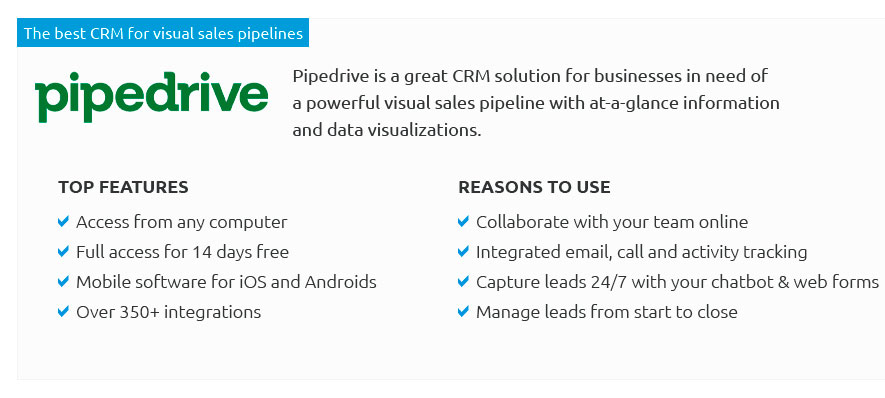 |
|
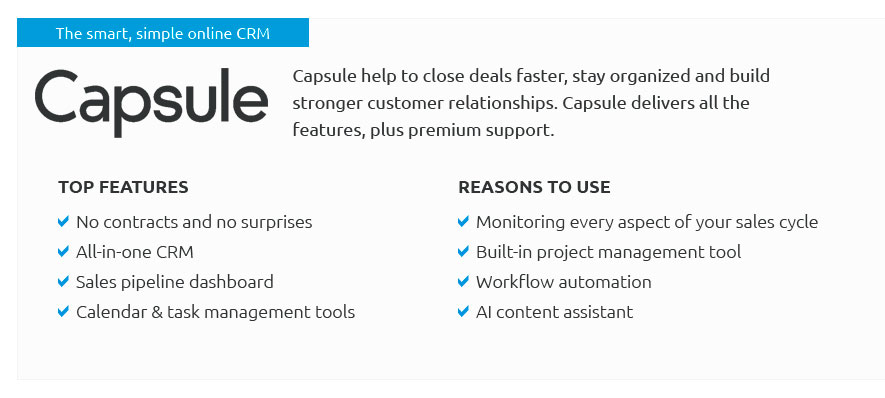 |
|
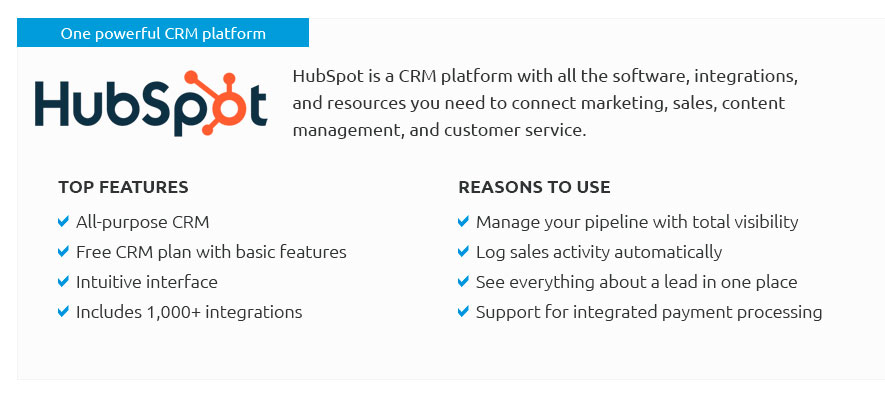 |
|
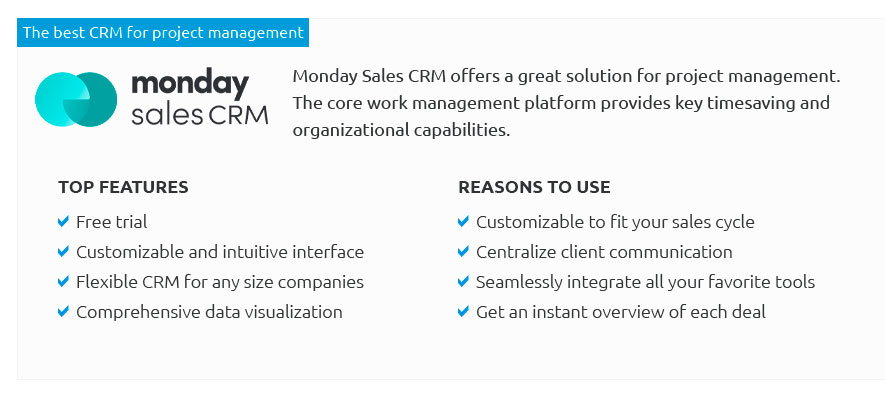 |
|
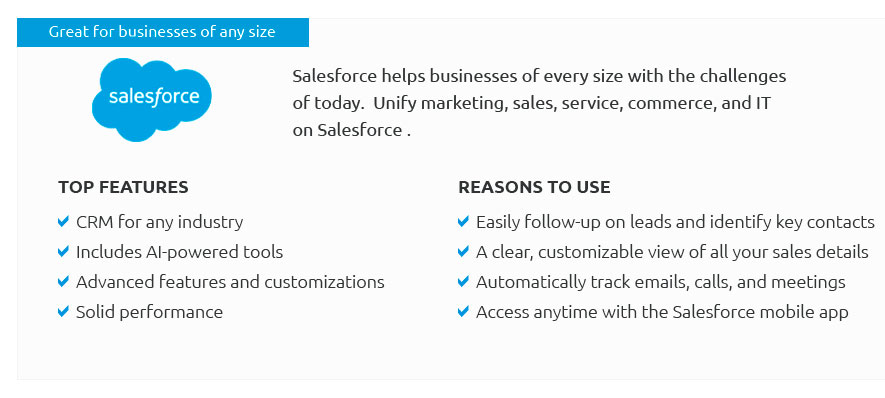 |
|
 |
 |
|
cyr97hqu8 Unlock the full potential of your business with our expert CRM software review, spotlighting the best CRM platforms designed to revolutionize your task management workflow-imagine seamless integration, unparalleled efficiency, and a boost in productivity like never before; our top picks don’t just promise results, they deliver a transformative experience, ensuring you’re not just keeping pace with the competition but leaving them in the dust-so why settle for average when you can embrace extraordinary?
https://www.atlassian.com/agile/project-management/workflow-management
Workflow management is the art of organizing and automating a sequence of tasks to streamline operations and maximize efficiency. https://www.smartsuite.com/blog/task-management
Task management is the process of creating, prioritizing, delegating, and monitoring tasks to ensure they are completed within given deadlines. It also involves ... https://blog.weekdone.com/workflow-management-tools/
Workflow is a repeatable pattern of processes which are needed to complete a certain work related task. Workflow management tools are created for automating ...
|